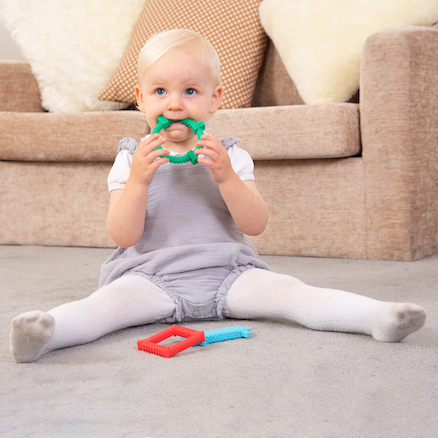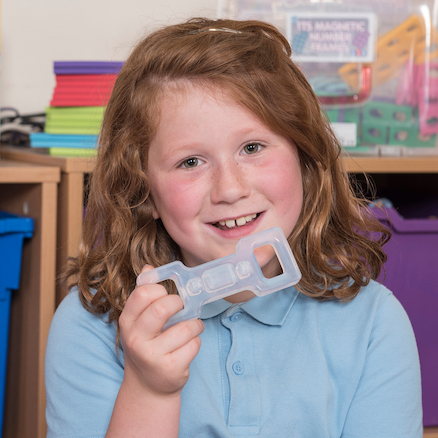When my son David was 3 years old, he bit another child. I was sitting having tea with some friends and we were all keeping an eye on our little group of children and all seemed happy and peaceful in the sandpit. The next thing there was a scream and a child running to his mum for comfort and David sitting there looking quite shocked. Once we adults had worked out what had happened, we calmed everyone down and set them all off playing again.
As the parent of the “biter” I was mortified! I couldn’t apologise enough. I was far more upset than my friend whose child had just been bitten, a more experienced mum, who quickly brushed aside the incident saying it was perfectly “normal.” But that little voice inside my head had been woken up “bad mother” it was shouting at me. I spent many days being extremely anxious and extra vigilant when out on play dates. I remember telling the practitioner in his preschool that my boy had started biting and the shame I felt was incredible. It wasn’t the only time he bit other children and it continued for a few months until he was able to express himself better as his speech developed.
What I know now is that young children often bite and there are many reasons for this, such as:
- They don’t have the words to express themselves.
- They feel threatened and biting is a good form of defense.
- They have pain in their mouths.
- They have anxiety that is soothed by biting.
And it is quite “normal” for our young children in their early years to bite.
How can we help children who have started biting?
As adults we have a duty to prevent young children hurting themselves or others and we can do this by paying close attention to what triggers their behaviour.
Quite often it is because our expectations as adults are too high. Mine were. My boy was physically big for his age and tended to play with children a year older than he was. Whilst he could keep up physically, he didn’t have the communication or emotional regulation to match them. So, when one of them tried to take his favourite toy digger in the sand pit, he reacted by biting them. There was no thought attached, it was simply a reaction. He didn’t have the words to say “No” or “that’s mine!” and shout a warning to them. He didn’t have the emotional regulation to come to his mum for help or sit and think it through. Instead, he just reacted.
As a parent I should have paid more attention and I did over the following weeks. I was able to jump in and support him when he found if difficult with other children. That’s what we need to do as adults, understand the triggers for the behaviour and support the child by giving them strategies to deal with the situation.
There are some children that may continue to bite even as they develop their communication and interaction skills. It is clear that some children need to “mouth”, “chew” or “bite” to help them keep calm, lower their stress levels or fulfil their sensory needs. If we know this then we should be providing chew resources that they can put in their mouths whilst we help them develop their ability to regulate their emotions. Changes in behaviour don’t happen overnight, but take long periods of consistent support from understanding adults.
With many thanks to Ivana Barron for sharing this blog with us.
About Ivana Barron
Ivana has worked in the early years with children with SEND for many years and currently works for a local authority delivering SEND and inclusion training to Early Years practitioners. She is a licenced Makaton tutor and National Autistic Society EarlyBird Plus trainer as well as a qualified assesor. Ivana is also a trustee of the Bumblebee Childrens Charity which supports children with physical and sensory needs.
Ivana has a busy family life with 3 grown up children, 2 dogs and 3 horses and enjoys quiet walks and rides in the countryside.








